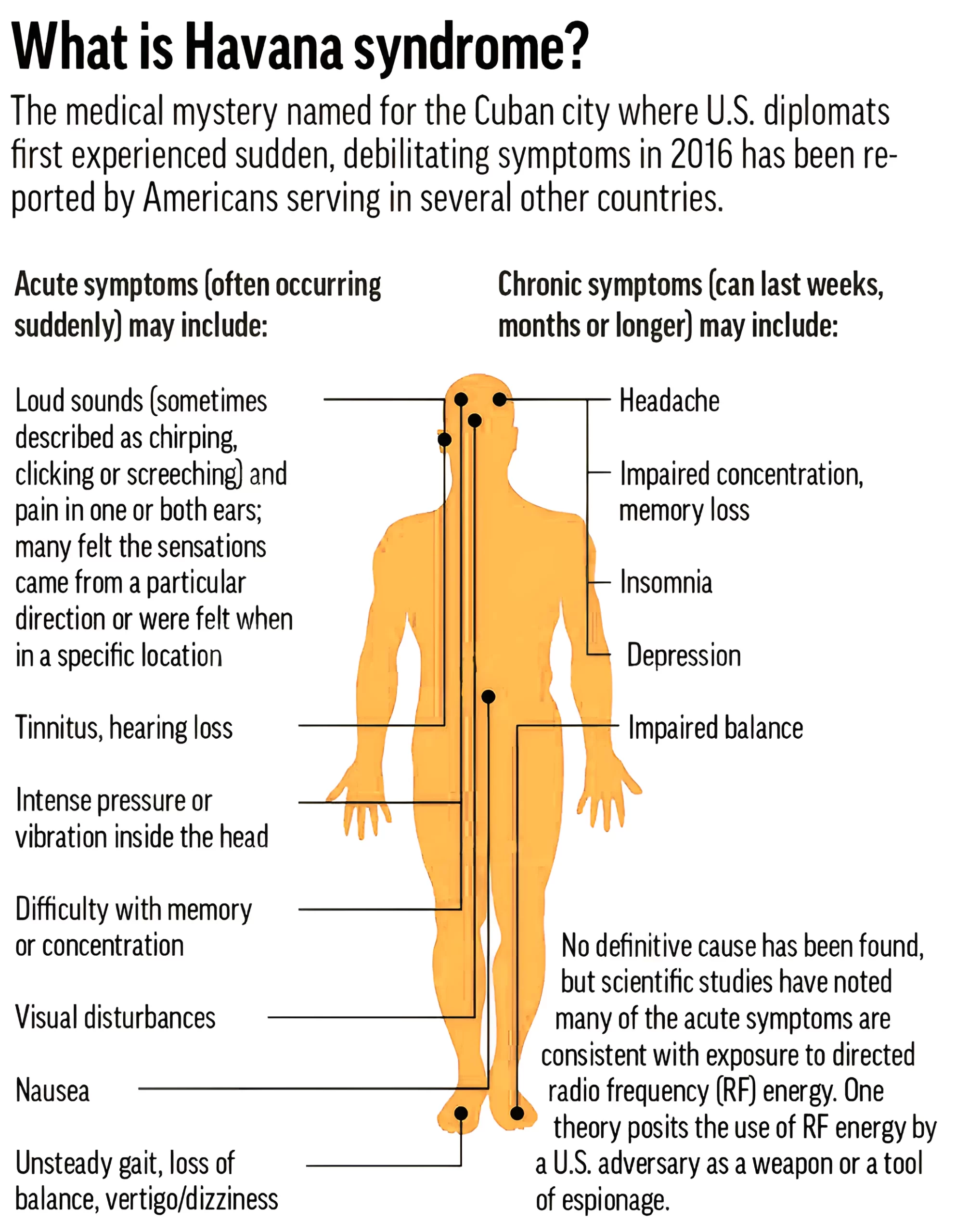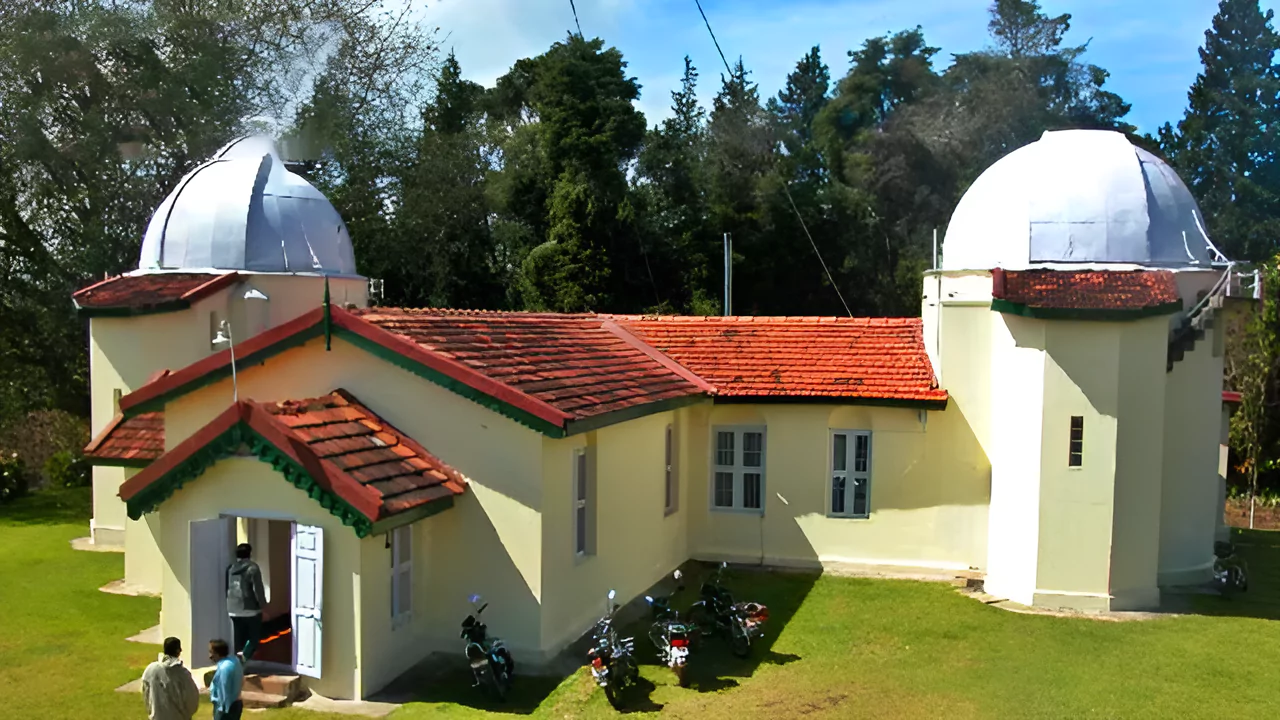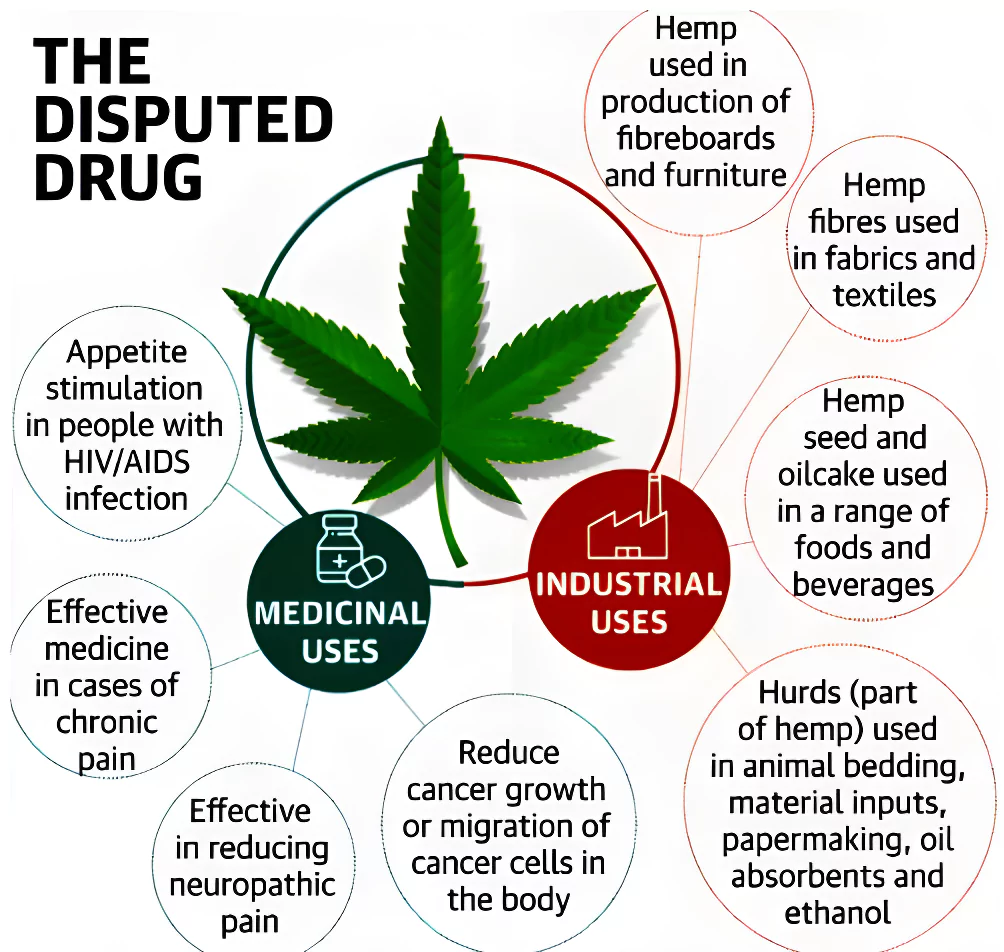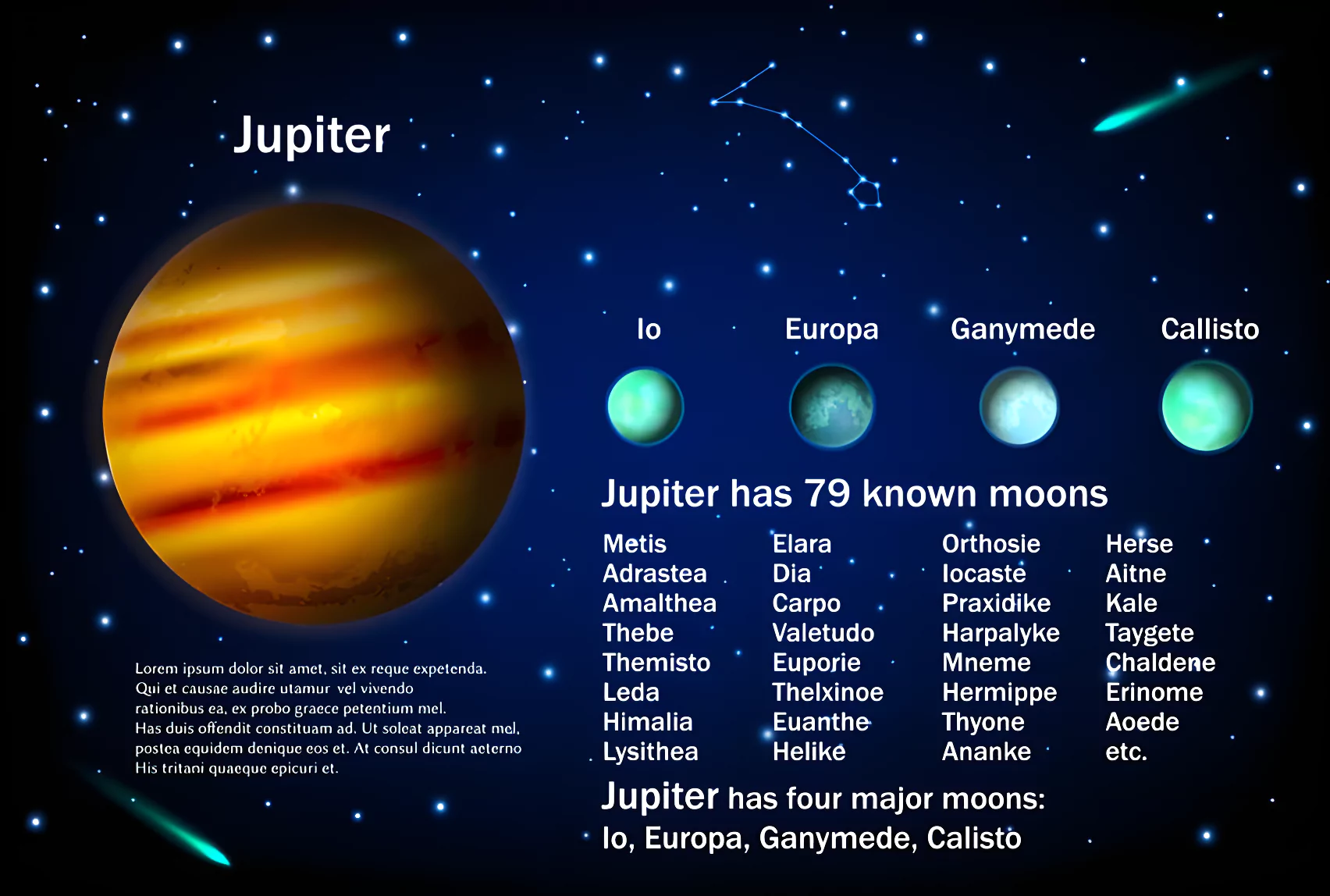The Prime Minister addressed the opening ceremony of RBI@90, a program marking 90 years of the Reserve Bank of India.
General superintendence and direction of the Bank’s affairs
| Must Read | |
| NCERT Notes For UPSC | UPSC Daily Current Affairs |
| UPSC Blogs | UPSC Daily Editorials |
| Daily Current Affairs Quiz | Daily Main Answer Writing |
| UPSC Mains Previous Year Papers | UPSC Test Series 2024 |
The Securities & Exchange Board of India (SEBI) has introduced a new version of its complaint redressal system, SEBI Scores 2.0, to strengthen investor complaint redress mechanism in the securities market.
About Securities and Exchange Board of India (SEBI)
|
|---|
| Must Read | |
| NCERT Notes For UPSC | UPSC Daily Current Affairs |
| UPSC Blogs | UPSC Daily Editorials |
| Daily Current Affairs Quiz | Daily Main Answer Writing |
| UPSC Mains Previous Year Papers | UPSC Test Series 2024 |
Swell waves destroyed the Kerala coast causing panic in coastal communities.
Indian National Centre for Ocean Information Services (INCOIS)
|
|---|
Normal Waves |
Swell Waves |
| Any random disturbance that can occur in the sea. | Swell waves are specific kinds of deep-water, linear, long-range wind-driven waves that emanate or filter out of a random wave system during an external weather event due to wave dispersion. |
| Waves can be of any form, type, shape, height, period, direction, and speed. | Swells travel only in a specific direction as more or less uniform, high-speed, long waves that remain constant over time. The speeds, in turn, are a function of the wavelengths and periods. |
| – | Swells travel much larger distances as compared to any ordinary wave packet.
Swells are unaffected by local weather systems. |
| Must Read | |
| NCERT Notes For UPSC | UPSC Daily Current Affairs |
| UPSC Blogs | UPSC Daily Editorials |
| Daily Current Affairs Quiz | Daily Main Answer Writing |
| UPSC Mains Previous Year Papers | UPSC Test Series 2024 |
A mysterious health condition known as ‘Havana syndrome’ affected US diplomats and spies across the world.

| Must Read | |
| NCERT Notes For UPSC | UPSC Daily Current Affairs |
| UPSC Blogs | UPSC Daily Editorials |
| Daily Current Affairs Quiz | Daily Main Answer Writing |
| UPSC Mains Previous Year Papers | UPSC Test Series 2024 |
Kodaikanal Solar Observatory recently completed 125th years.

| Must Read | |
| NCERT Notes For UPSC | UPSC Daily Current Affairs |
| UPSC Blogs | UPSC Daily Editorials |
| Daily Current Affairs Quiz | Daily Main Answer Writing |
| UPSC Mains Previous Year Papers | UPSC Test Series 2024 |
The Supreme Court invalidated a notification issued by the Union environment ministry in March 2020.
Linear projects
|
|---|
Background: In September 2006, the Environment Ministry outlined activities necessitating prior Environmental Clearance (EC) under The Environment (Protection) Act, 1986.
The 2020 Exemption: A third notification in March 2020 extended exemptions to include “Extraction or sourcing or borrowing of ordinary earth for linear projects” such as roads and pipelines.
Reasons for Challenging the Exemption:
Similar exemptions under the Environment Protection (EP) Act faced legal scrutiny previously.
| Must Read | |
| NCERT Notes For UPSC | UPSC Daily Current Affairs |
| UPSC Blogs | UPSC Daily Editorials |
| Daily Current Affairs Quiz | Daily Main Answer Writing |
| UPSC Mains Previous Year Papers | UPSC Test Series 2024 |
The Supreme Court refused to grant Kerala relief in its dispute over net borrowing limits with the Centre.
The Constitution makes the following provisions with regard to the borrowing powers of the Centre and the states:
| Must Read | |
| NCERT Notes For UPSC | UPSC Daily Current Affairs |
| UPSC Blogs | UPSC Daily Editorials |
| Daily Current Affairs Quiz | Daily Main Answer Writing |
| UPSC Mains Previous Year Papers | UPSC Test Series 2024 |
Germany became the largest European Union (EU) member to legalize recreational use of cannabis.

| Must Read | |
| NCERT Notes For UPSC | UPSC Daily Current Affairs |
| UPSC Blogs | UPSC Daily Editorials |
| Daily Current Affairs Quiz | Daily Main Answer Writing |
| UPSC Mains Previous Year Papers | UPSC Test Series 2024 |
As per the recently published study in the journal Icarus, an international team of scientists has discovered strong evidence indicating the presence of ozone on Jupiter’s moon Callisto.
| Relevance for Prelims: Our Solar System, Large Ozone Hole Detected Over Antarctica, and Ozone Layer Depletion. |
|---|
|
|---|
|
|---|

| Prelims PYQ (2022):
In the context of WHO Air Quality Guidelines, consider the following statements: 1. The 24-hour mean of PM 2.5 should not exceed 15 µg/m3 and annual mean of PM2.5 should not exceed 5 µg/m3. 2. In a year, the highest levels of ozone pollution occur during the periods of inclement weather. 3. PM10 can penetrate the lung barrier and enter the bloodstream. 4. Excessive ozone in the air can trigger asthma. Which of the statements given above are correct ? (a) 1, 3 and 4 (b) 1 and 4 only (c) 2, 3 and 4 (d) 1 and 2 only Ans: (b) |
|---|
| Must Read | |
| NCERT Notes For UPSC | UPSC Daily Current Affairs |
| UPSC Blogs | UPSC Daily Editorials |
| Daily Current Affairs Quiz | Daily Main Answer Writing |
| UPSC Mains Previous Year Papers | UPSC Test Series 2024 |
The Prevention of Money Laundering Act (PMLA), 2002 is under scrutiny as its most serious aspect is the inclusion of offences that have nothing to do with the original motive of combating the laundering of drug money.
| Relevance for Prelims: Money Laundering, Prevention of Money Laundering Act, 2002, Amendments To PMLA Rules, Enforcement Directorate-States Tussle, Enforcement Directorate (ED), Central Vigilance Commission (CVC), and The Authority Of ED And Usage Of PMLA.
Relevance for Mains: Issues in PMLA legislation, Money Laundering and Impact |
|---|
What is Money Laundering?
Global Initiatives against Money Laundering:
|
|---|
| Financial Intelligence Unit – India (FIU-IND) is the central, national agency responsible for receiving, processing, analyzing and disseminating information relating to suspect financial transactions to enforcement agencies and foreign FIUs. |
|---|
The Bail Provision of the Prevention of Money Laundering Act (Section 45)
|
|---|
While the Prevention of Money Laundering Act (PMLA) may have been well-intentioned, the inclusion of minor, non-serious offences in the schedule to its disregard for personal liberty, the PMLA raises questions about its compliance with fundamental rights and due process of law. The PMLA requires amendment to bring it in conformity with constitutional principles and ethos.
| Prelims PYQ (2021):
Which one of the following effects of creation of black money in India has been the main cause of worry to the Government of India? (a) Diversion of resources to the purchase of real estate and investment in luxury housing (b) Investment in unproductive activities and purchase of previous stones, jewellery, gold, etc. (c) Large donations to political parties and growth of regionalism (d) Loss of revenue to the State Exchequer due to tax evasion Ans: (d) |
|---|
| Must Read | |
| NCERT Notes For UPSC | UPSC Daily Current Affairs |
| UPSC Blogs | UPSC Daily Editorials |
| Daily Current Affairs Quiz | Daily Main Answer Writing |
| UPSC Mains Previous Year Papers | UPSC Test Series 2024 |
<div class="new-fform">
</div>
